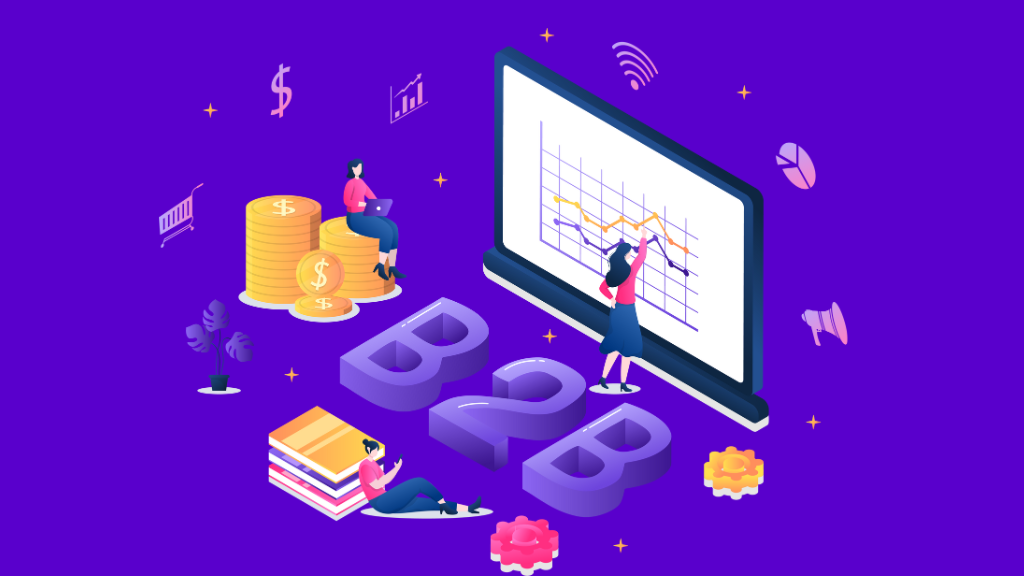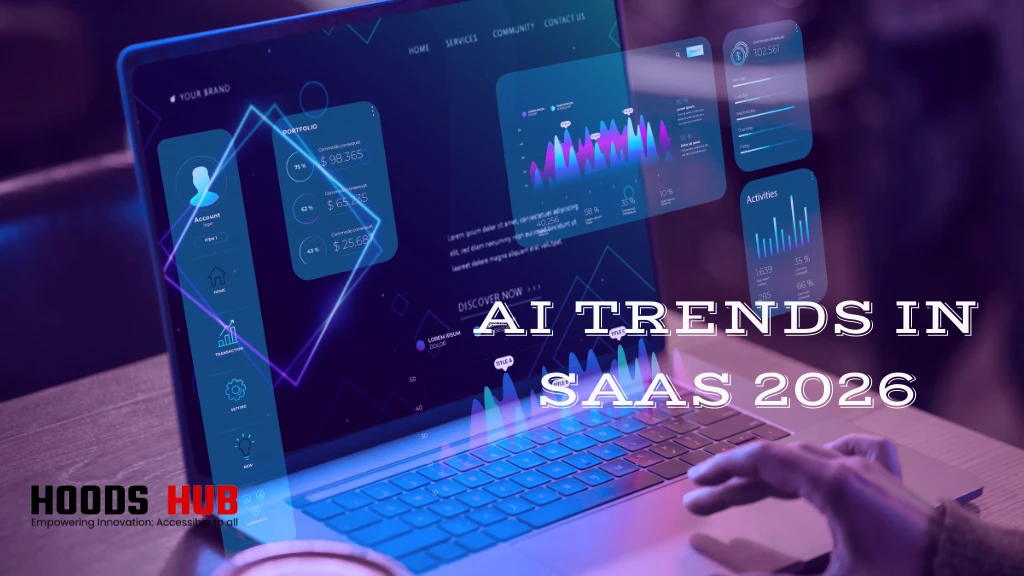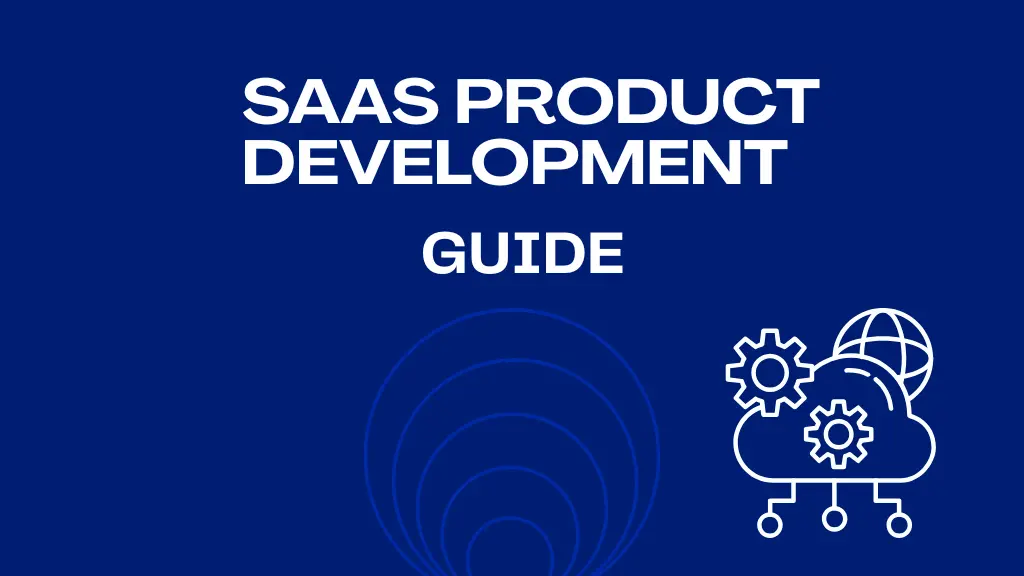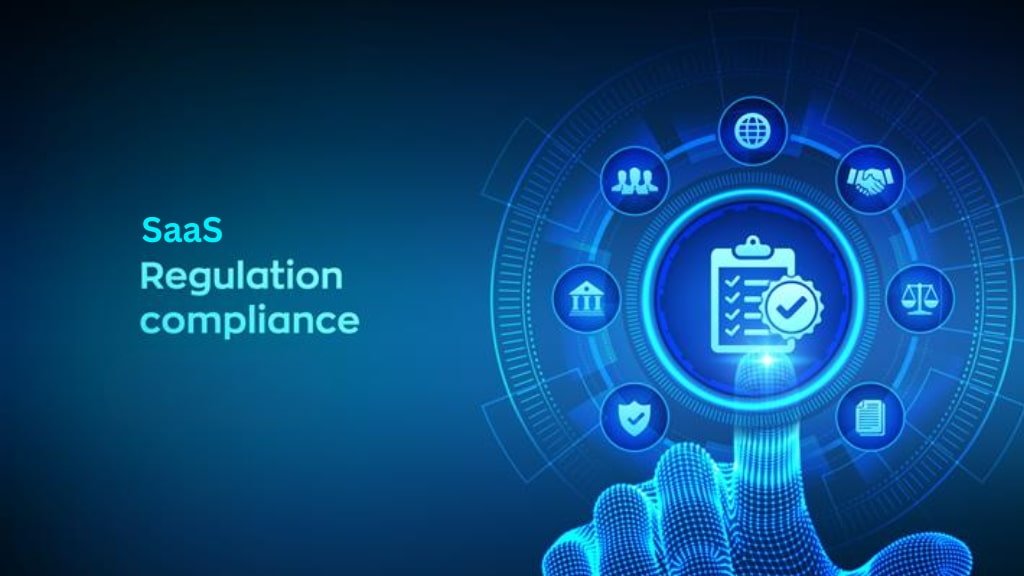B2B SaaS in 2026 is about results, not shiny features. Buyers want tools that plug into real work, show clear savings, and keep data safe without slowing teams down.
AI is no longer a side feature; it is the engine that runs everyday tasks, so governance and cost control matter more than ever.
Stacks are getting cleaner, pricing is getting smarter, and security is moving to where the action is, the API and the data layer.
In this guide, we’ll walk through the B2B SaaS trends that will shape roadmaps and budgets in the year ahead, with numbers you can trust and moves you can make right away.
Table of Contents
ToggleTop B2B SaaS Trends in 2026
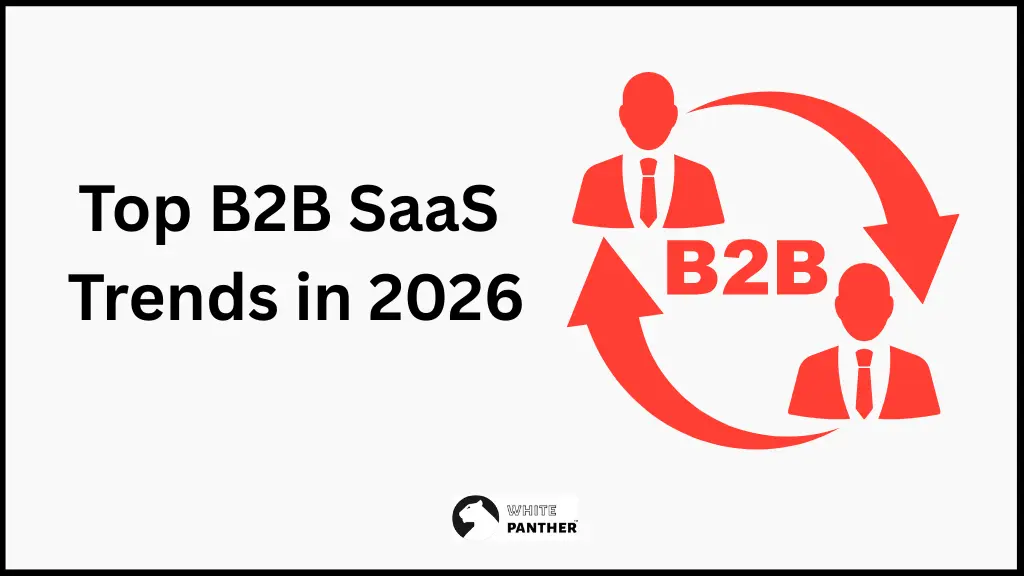
1) AI moves from features to agents that do the work
In 2023 and 2024, many products sprinkled AI into existing buttons.
In 2025 and going into 2026, buyers are asking for AI that can perform end-to-end tasks with minimal supervision. Think of agents that read context, act across apps, and report back on outcomes.
McKinsey’s global survey Shows how quickly adoption has grown.
Individual use of generative AI inside companies climbed from about one third in 2023 to more than two thirds in 2024, and executive level use is now mainstream.
That momentum carries into 2026, but buyers want to impact, not demos.
Budget follows that shift. IDC expects AI spending growth near one third annually through the second half of the decade, and it calls out agentic systems as a driver of budget expansion in the 2025 to 2029 window.
The message for product teams is simple. Wire agents into the real workflows where time and money are lost. Do not stop at autocomplete.
There is also a reality check.
Multiple analyses in 2025 reported a striking number.
Roughly ninety five percent of enterprise gen AI pilots are not reaching measurable P and L impact.
That does not mean AI is failing. It means the way teams adopt it is off target.
The winners narrow the scope to a painful job to be done and integrate with existing systems, often with specialized partners.
Treat this as a design constraint for 2026 roadmaps.
2) Compliance and AI governance stop being optional
The European Union AI Act is now a fixed clock that every global SaaS vendor should plan around.
The law entered into force on 1 August 2024. Prohibitions and AI literacy duties began in February 2025. General purpose model obligations started on 2 August 2025.
The full regime becomes applicable on 2 August 2026, with extra time for certain embedded high-risk systems.
If you sell into the European Union, model transparency, risk management, and documentation are table stakes in 2026.
Privacy keeps tightening worldwide as well. By early 2025, privacy laws were in effect roughly one hundred forty plus countries, with several new laws and amendments added in late 2024.
That coverage means most SaaS products must handle consent, data subject rights, and cross border data flows by default rather than by exception.
Your takeaway for 2026.
Publish a living AI system card for high impact models, map data lineage, and build region aware storage options so customers can satisfy audit requests without a scramble.
The teams that make compliance boring will shorten sales cycles.
3) From app sprawl to sensible portfolios
For a few years, the average company kept adding apps. The latest management indexes show that the average portfolio now sits around the two hundred, with many enterprises far higher.
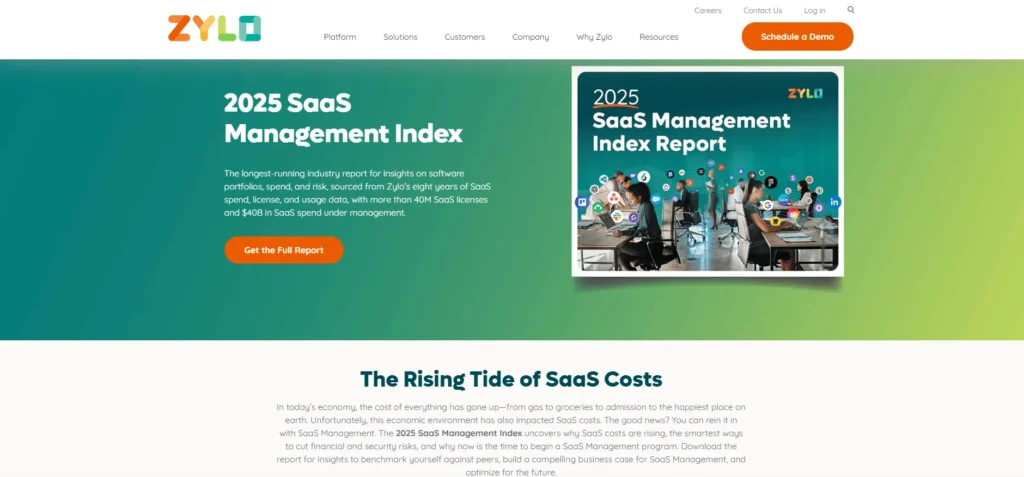
Zylo reports an average of about two hundred seventy-five applications per company based on data covering tens of billions of dollars in spending.
Torii’s 2025 benchmark shows some organizations manage upward of six hundred apps, and more than half are shadow IT.
That is a lot of duplication and risk, and it is the reason consolidation keeps showing up on board agendas.
Sprawls are not only messy. It was expensive.
Independent analysts note that a large share of licenses sit idle, and per employee SaaS spend commonly lands in the four to five figure range each year.
Buyers are pushing vendors for bundle value, clearer seat to usage mapping, and easier off ramps.
Expect 2026 roadmaps to highlight rationalized suites, tighter integrations, and native connectors that actually remove other tools instead of adding yet another tab.
4) Cloud cost discipline becomes a product feature
Cloud bills are back in the spotlight. Flexera’s 2025 State of the Cloud found that eighty-four percent of organizations now rank managing cloud spend as a top challenge.
FinOps Foundation reported a priority shift toward reducing waste and managing commitments. McKinsey cites roughly twenty-eight percent of cloud spend as waste based on prior benchmark references.
In short, leaders want costs that scale with value, with visibility by team and by feature.
Here is how that lands in SaaS. Expect buyers in 2026 to ask for real usage telemetry in the admin portal, automated rightsizing recommendations, and alerts that are sent before overage.
That is true for core apps and even more true for AI features where inference costs can spike. If you’re pricing or architecture hides cost drivers, procurement will slow you down.
5) Security shifts to API centric and AI aware
APIs are the new perimeter for SaaS, and the numbers show it.
Salt Security’s 2025 State of API Security It highlights that ninety-nine percent of organizations experienced API-related security issues in the prior year, and ninety-five percent of attacks came from authenticated sources.
That means simple auth checks are not enough.
Meanwhile, IBM’s Cost of a Data Breach report pegged the global average breach at 4.88 million dollars in 2024, with the United States average crossing ten million in 2025.
These are budget level risks, not IT line items.
Add AI to the mix. IBM and others warn about shadow AI.
Unapproved tools and plug ins add to risk and cost.
For 2026, the security trend is to treat API and AI governance as one program.
Expect buyers to demand model bills of materials, fine grained AI access controls, and runtime monitoring that understands prompt and output context in addition to the usual traffic patterns.
6) Pricing evolves toward hybrid usage, outcomes, and automation add ons
The industry keeps moving beyond a seat only model. OpenView’s research shows a clear split.
Only a minority of companies are pure usage, but a large share now runs hybrid plans that blend a predictable base with metered value.
Many teams adopted usage elements in the last few years, and newer studies point to continued rise.
The common thread is alignment with how customers realize value rather than just how many people log in.
Two moves to expect in 2026. First, more outcome-oriented contracts where vendors accept part of the risk in exchange for upside.
Second, clearer AI pricing. Buyers want to see which features consume tokens, GPUs, or third-party calls, and they want safeguards against runaway spend.
So,sales teams that can simulate a customer’s next twelve months of usage will close faster and with fewer surprises.
7) Marketplaces as mainstream procurement
Enterprise buyers increasingly purchase through cloud marketplaces because the process is faster, and the spend can draw down existing cloud commitments.
IDC and AWS report that sellers who lean into marketplace motions can grow faster and shorten cycles, and complementary research notes a strong buyer preference for marketplace procurement.
If your listing is not optimized for private offers and co-sell, you are leaving revenue on the table in 2026.
This also affects your product’s roadmap. Buyers want metering, invoicing, and license management that align with marketplace contracts.
They want clear entitlement and simple provisioning that fits their governance. If you make that smooth, you reduce friction across legal, finance, and security.
8) Vertical SaaS with embedded AI gains share
Horizontal tools will not vanish, but a lot of budget growth is flowing into vertical stacks that solve industry-specific workflows with data and models tuned to a domain.
Analysts covering the business SaaS market highlights accelerating interest in specialized solutions and partner led customization.
The reason is practical. When you speak the customer’s language and plug into their systems of record, onboarding is faster and outcomes are easier to measure.
If you run a horizontal product today, consider offering our editions for your top three industries with prebuilt templates, field level roles, and compliance mappings. Your marketing and sales teams will thank you.
9) Data locality becomes a sales requirement
More countries have enforceable privacy laws now than at any time in the internet era, and several markets are pursuing data residency or stricter cross border rules.
That leads many buyers to ask for region aware storage, bring your own key options, and clear controls for processors and sub processors.
Build a regional data strategy now so 2026 enterprise deals do not stall at the last hurdle.
10) Product led growth matures into product assisted and sales aligned
The PLG playbook is not going away, but it is evolving. Companies that grew through free and self-serve channels are adding more targeted sales touches and better data handoffs.
Benchmarks from 2024 Show PLG and usage elements rising but also show that growth is harder without clear monetization moments. For 2026, the winning motion looks like this.
Make time to value immediately inside the product, instrument intent signals deeply, then route qualified users to humans who can talk about price, security, and deployment.
11) Reliability and ROI beat novelty in buyer checklists
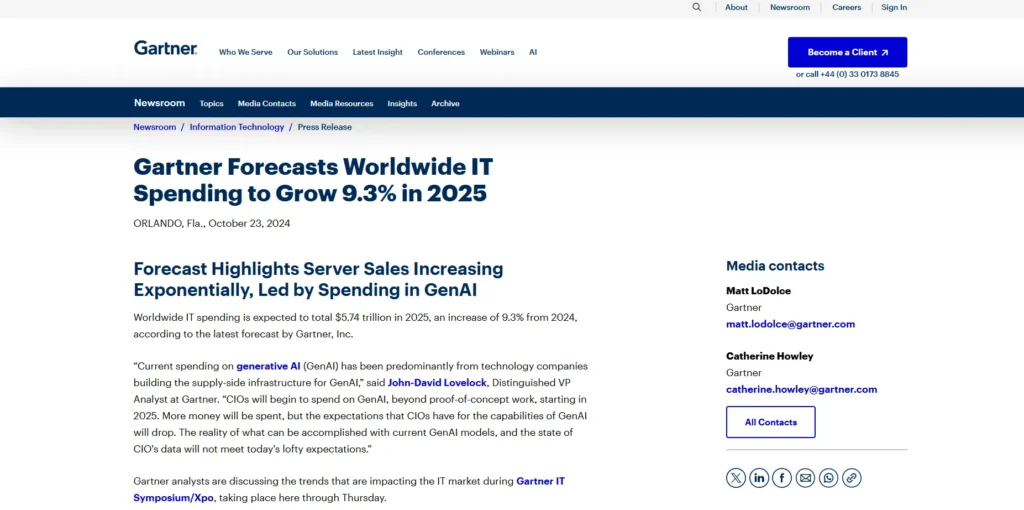
With IT budgets still growing at a healthy clip yet under more scrutiny, buyers are moving from feature checks to value proof. Gartner projects strong overall IT spend in 2025 and beyond, with software remaining a growth engine.
That said, procurement is asking for clearer ROI, shorter time to value, and proof that AI features save money or create revenue instead of just sounding exciting.
Translate your roadmap into customer outcomes and publish time bound success metrics.
What to do with this in 2026?
Here is a simple plan you can adopt or adapt.
- Pick two workflows to automate agents inside your product. Ship them with guardrails and in product insights that quantify time saved or revenue created. Cite those numbers on your pricing page and in your success stories.
- Stand up an AI and privacy governance pack. Include a model card, data retention controls, region options, and a playbook for the EU AI Act. Train sales position this as a reason you can move faster through security and legal.
- Make FinOps visible to customers. Show usage, give budget alerts, and allow admins to set up caps. Show customers how to save money inside your product. You will keep them longer.
- Tighten API and AI security. Monitor for abuse within authenticated sessions and publish your incident response posture. If your product exposes APIs, add schema validation and behavioral anomaly detection.
- Refresh pricing. Offer a clear base plan plus usage for the value metric that your best customers care about. Then simulate a year of spending prospects, so finance teams feel safe signing.
- Lean into marketplaces where your customers have cloud commitments. Get a great listing, enable private offers, and make sure your metering and invoicing align with the marketplace.
- Ship one vertical edition. Start with the industry where you already have traction and add the workflows, roles, and integrations that remove a competitor from the stack.
- Track and publish real outcomes. With breach of costs and API incidents still high and with spending under pressure, customers want evidence. Add a dashboard tile that reports value delivered in hours saved, leads generated, tickets resolved, or dollars captured.
Closing thought
The pattern is clear. 2026 belongs to teams that wrap smart automation in real governance, make costs predictable, and remove noise from customer stacks.
If you focus your roadmap on those three levers, you will sell faster, renew easier, and give your buyers what they are under pressure to prove internally.

